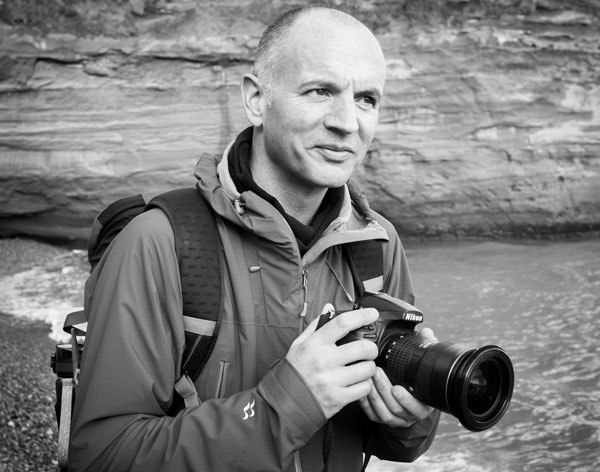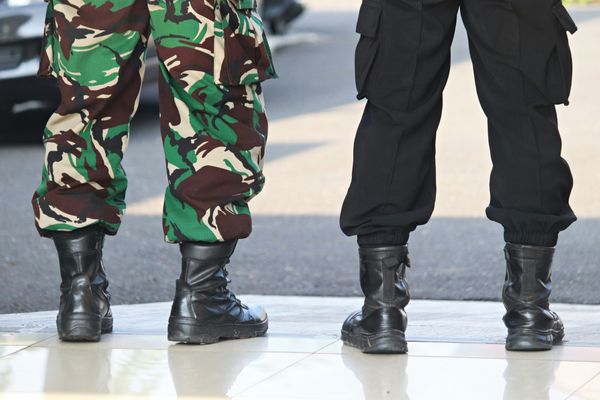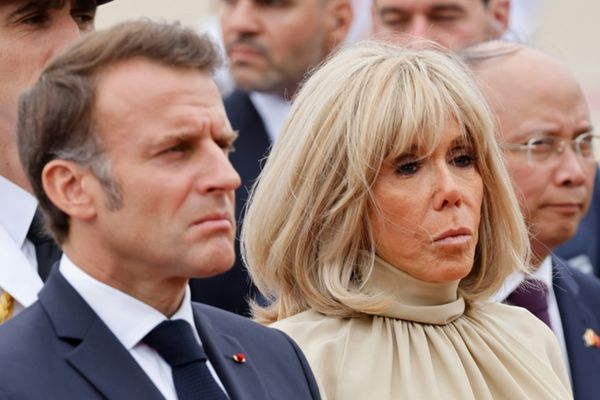

Benedict Brain is a UK-based photographer, journalist and artist. He is an Associate of the Royal Photographic Society and sits on the society’s Distinctions Advisory Panel. He is also a past editor of Digital Camera Magazine, and the author of You Will be Able to Take Great Photos by The End of This Book.
A while ago, I became a Sigma Ambassador, and started using the Sigma fp L camera and a bunch of L-Mount lenses. I’m not a hardcore techhead. I value ideas, creativity and ‘seeing’ over drooling over the latest camera tech; that said, I believe passionately that choosing the right tools is a vital part of the creative process.
I continued to shoot with my much-loved medium-format Fujifilm, but I also used the Sigma fp L alongside it for projects where its unique characteristics were more appropriate. The camera’s small size, high resolution and great range of lenses made an attractive proposition. I could see it fitting nicely into my creative toolbox; I was also seduced by its unconventional styling and approach. I was genuinely taken by the values and ethics of the company when I visited the Sigma factory in Aizu, Japan, in 2016 and met with CEO Kazuto Yamaki. I was editor of Digital Camera at the time.
One of my first shots with the fp L was this macro image of a moth, inspired by the wonderful drawings of talented graphite artist Kirstin Kunhardt. Her delicate, precise work has a glowing radiance; I challenged myself to see if I could get close to capturing this vibe using a camera. The Sigma 70mm f/2.8 DG Macro | Art was perfect for the job; using this in conjunction with the focus bracketing feature on the fp L, I was able to shoot 10 images at different focus points. I merged these in Photoshop for an image with complete sharpness.
I photographed the moth against a lightbox but I wasn’t getting the pencil-like luminance I wanted until I inverted the whole image, effectively making it a negative. Suddenly it seemed to get close to the effect I was after. I’m now seduced by the aesthetic of photographing specimens this way, so I’ve ordered more insects (all ethically sourced, of course) to make a small collection…
• Other articles in the Art of Seeing series
Read more:
• The 50 best photographers ever
• 100 best photography quotes from famous photographers
• The best coffee-table books on photography







